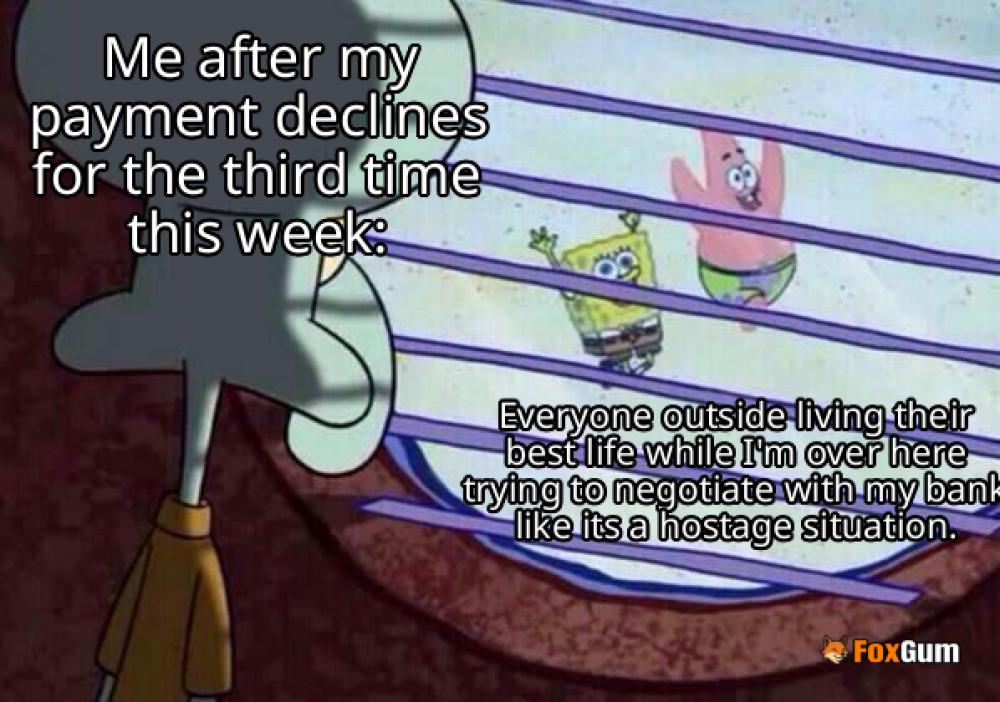
The Forced Reset Trigger
In the world of firearms, innovation often walks a fine line between enhancement and regulation. Enter the forced reset trigger—a device that has sparked both excitement and debate among gun enthusiasts and regulators alike. But what exactly is it, and why does it matter? Let’s dive into this intriguing piece of firearm technology.
What is a Forced Reset Trigger?
A forced reset trigger is a mechanism designed to enable faster shooting by resetting automatically after each shot. Unlike traditional triggers that require a full release and pull for each shot, this nifty contraption resets itself, allowing for a quicker follow-up shot. It’s like the firearm version of a double espresso—providing that extra jolt without the need for a full reboot!
How Does It Work?
The operation of a forced reset trigger is relatively straightforward. When the shooter pulls the trigger, the trigger mechanism fires a round. As the trigger is released, it resets automatically, preparing for the next shot. However, it’s important to note that the shooter must still pull the trigger each time for the next round to fire. So, while it’s faster, it doesn’t completely replace the need for good old-fashioned finger work.
History and Development
The concept of forced reset triggers has roots going back to the 1970s, when developers like Graves began tinkering with modifications to various firearms. Over the decades, the technology evolved, leading to the modern iterations seen today. It’s a bit of a wild ride through firearm history, akin to watching a very intense episode of a reality show where everyone is trying to outdo each other with increasingly clever modifications.
Legal Landscape
Here’s where things get a bit murky. The legality of forced reset triggers has been a hot topic, especially with the ATF’s classification of some models as machine guns. In July 2024, a district judge ruled against this classification, stating it was “arbitrary and capricious.” This ruling sent shockwaves through the firearm community, much like discovering your favorite coffee shop has run out of oat milk. It raised questions about the future of forced reset triggers and how they’ll be regulated moving forward.
Pros and Cons
As with most things in life, forced reset triggers come with their own set of advantages and disadvantages. Here’s a quick rundown:
- Pros: Faster shooting capabilities, potentially improved accuracy with quicker follow-up shots, and an interesting piece of technology for firearm enthusiasts.
- Cons: Legal gray areas, potential misconceptions about functionality, and the need for proper training to use effectively.
Conclusion
The forced reset trigger is an intriguing development in firearm technology, blending innovation with a hint of controversy. Whether you view it as a leap forward in shooting efficiency or a legal headache waiting to happen, it’s clear that this device has made its mark on the landscape of firearms. So, the next time you hear someone mention forced reset triggers, you can nod knowingly, perhaps with a hint of a smirk, ready to dive into a discussion that’s sure to spark interest!

















 Walton Goggins: The Man Behind Venus Van Dam
Walton Goggins: The Man Behind Venus Van Dam 
 Health
Health  Fitness
Fitness  Lifestyle
Lifestyle  Tech
Tech  Travel
Travel  Food
Food  Education
Education  Parenting
Parenting  Career & Work
Career & Work  Hobbies
Hobbies  Wellness
Wellness  Beauty
Beauty  Cars
Cars  Art
Art  Science
Science  Culture
Culture  Books
Books  Music
Music  Movies
Movies  Gaming
Gaming  Sports
Sports  Nature
Nature  Home & Garden
Home & Garden  Business & Finance
Business & Finance  Relationships
Relationships  Pets
Pets  Shopping
Shopping  Mindset & Inspiration
Mindset & Inspiration  Environment
Environment  Gadgets
Gadgets  Politics
Politics 